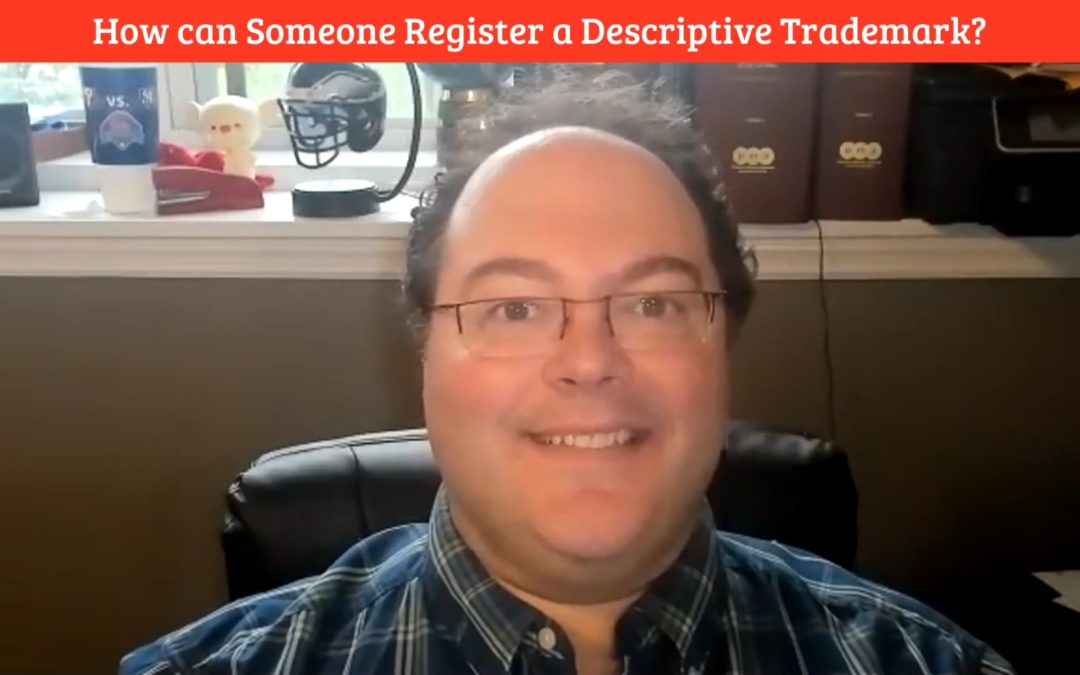Podcast (video): Play in new window | Download
Trademarks are meant to signify the source and quality of goods or services. Therefore, trademarks that are descriptive are relatively disfavored. How can someone register a descriptive trademark? I discuss in this video blog!
Here is a lightly edited version of the transcript:
Hi, I’m Anthony Verna, managing partner at Verna Law, where we focus on intellectual property and advertising law. How can someone register a descriptive trademark?
Now, as you may recall, a trademark that is descriptive, in other words, a trademark that completely describes some aspect of the goods or services that the trademark owner is selling. That trademark generally cannot be registered. But how can somebody register that trademark?
It requires what we call secondary meaning. Secondary meaning is some evidence that audiences associate this particular trademark with these sets of goods or services. We need some evidence to build that and generally it is circumstantial evidence. For example, we can have advertising revenues as a part of that evidence. Maybe the number of customers and the amount of sales; maybe the manner, the length and exclusivity of the trademark; use as much evidence as can be built about that particular relationship between the trademark and the consumers of the goods or services.
That is what we need in order to get that registration in the Patent and Trademark Office.
An example that we have on our website is a trademark called FOOD PSYCH. Its goods and services are podcasts and obviously those podcasts are related to food and the psychology of food. Therefore, FOOD PSYCH is descriptive of the goods and services.
However, evidence of over 500,000 downloads of the podcast took that trademark application and bumped it up to a registration.
That’s the kind of evidence that we’re looking for, if the trademark is descriptive.
Again, I’m Anthony Verna, managing partner of Verna Law – IP and advertising law is our focus.
Visit vernalaw.com. I look forward to seeing you next time. Thank you.


Recent Comments